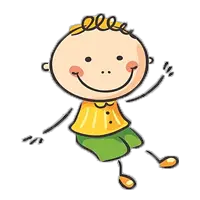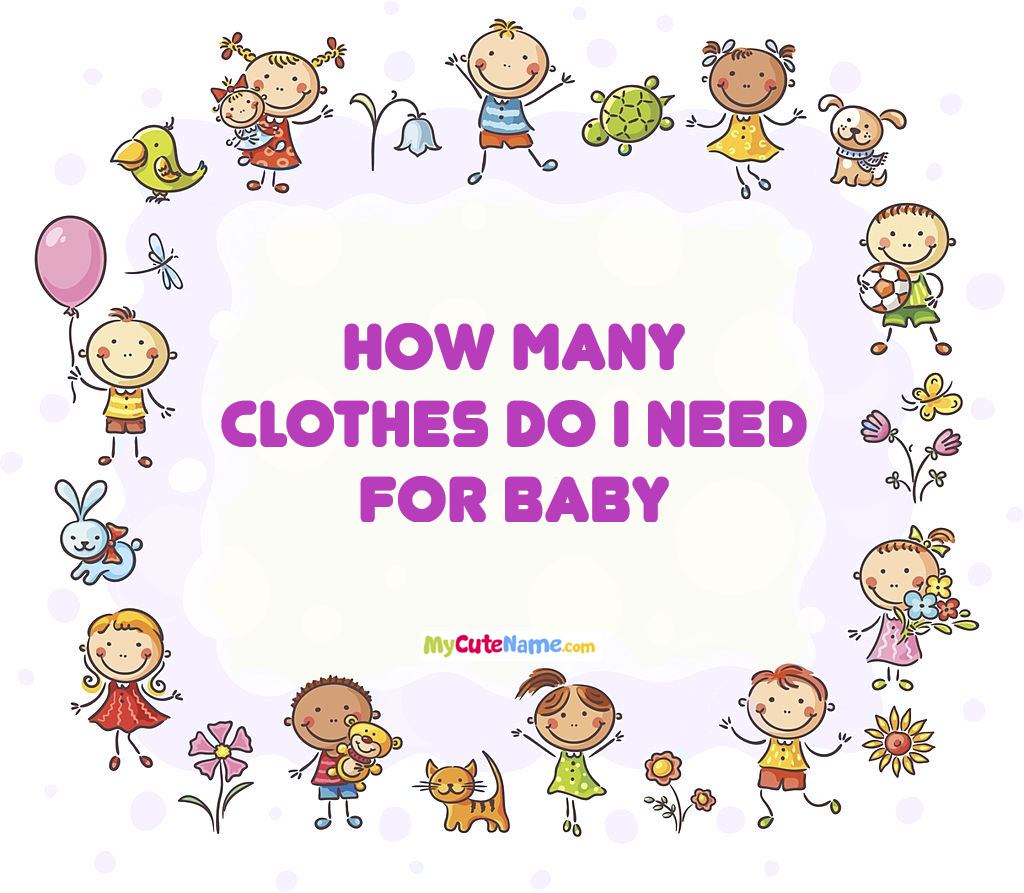


Preparing for a new baby involves numerous considerations, from setting up the nursery to stocking up on essentials. Among these tasks is deciding how many clothes your little one will need. It's a common question for expectant parents, especially first-timers, as they navigate the world of baby gear and essentials. The clothing needs of a baby can vary depending on factors like climate, laundry frequency, and personal preferences. Therefore, understanding the basics of what to expect and how to plan for your baby's wardrobe can help ease the preparation process and ensure you have everything your bundle of joy needs when they arrive.
How to Build Your Baby’s Wardrobe
When building your baby's wardrobe, it's essential to consider several factors to ensure you have the right amount of clothing and items for your little one. Factors such as climate, laundry frequency, and personal preferences play a significant role in determining the quantity and types of clothes needed. Additionally, when adding clothing items to your registry, consider the various stages of your baby's growth and development, from newborn to infancy and beyond. Opting for a mix of essentials like onesies, sleepers, outfits, and outerwear can help cover all bases and ensure your baby is comfortably dressed for any occasion or weather condition. By carefully planning and selecting baby clothes, you can create a well-rounded wardrobe that meets your baby's needs while simplifying the dressing process for you as a parent.
Think About Laundry
The frequency of laundry plays a crucial role in determining the number of baby clothes needed in your arsenal. Depending on how often you do laundry, you may need to adjust the quantity of clothing items accordingly. Our list of newborn essentials assumes a regular laundry routine spread throughout the week. However, if your laundry schedule differs, adjustments are necessary to ensure you have the right amount of clothing on hand. For those planning weekly laundry sessions, doubling the quantities listed below can help ensure you have enough clothing. Conversely, if you opt for daily laundry, halving the suggested numbers can streamline your baby's wardrobe without excess. By tailoring the quantity of baby clothes to your laundry habits, you can efficiently manage your baby's wardrobe while accommodating your lifestyle.
What About Baby Clothes Sizes
Navigating the complexities of sizing and determining the appropriate number of clothing items for each size on your baby registry can be challenging, given the uncertainty of your baby's size at birth and how quickly they'll grow. To navigate this, consider a few key tips. Firstly, it's wise to err on the side of caution and think bigger, especially if you anticipate a larger baby. Newborn sizes typically accommodate babies up to eight pounds, so opting for 0-3 months sizes from the start can be prudent. Moreover, given the variability in sizing among different brands, it's beneficial to diversify your selections. Some brands may run larger, ideal for bigger babies, while others may cater to long and lean babies with slimmer fits. By incorporating a mix of brands into your registry, you can ensure flexibility and have various options to accommodate your baby's unique body type and size.
Stay Organized
Managing your baby's wardrobe can feel like a never-ending task, especially with the abundance of tiny clothes that are easily misplaced. Organizing clothes by size is a practical approach to ensure you know what fits your baby now and what will be available as they grow. If you're utilizing a dresser for storage, drawer dividers are invaluable for keeping everything neatly organized, particularly those elusive baby socks. Alternatively, for closet storage, consider investing in closet dividers, which categorize clothes by size for easy access and visibility. Additionally, maintaining a rotation system for outgrown clothes is essential to stay organized. Having storage bins on hand allows you to promptly store items your baby has outgrown, giving you the option to retain them for future use or pass them on to others.
Conclusion
In conclusion, determining the appropriate number of clothes for your baby depends on various factors such as access to laundry facilities, anticipated growth rate, and personal preferences. By considering these factors and adjusting accordingly, you can ensure that your baby's wardrobe meets their needs while minimizing unnecessary clutter. Whether you opt for dresser drawer dividers or closet organizers, maintaining an organized system for storing and rotating clothes will help streamline the process and keep your baby's wardrobe manageable. Ultimately, the key is to strike a balance between having enough clothes to meet your baby's needs and avoiding excess accumulation.
Note: Please also check your spam or junk email folder.